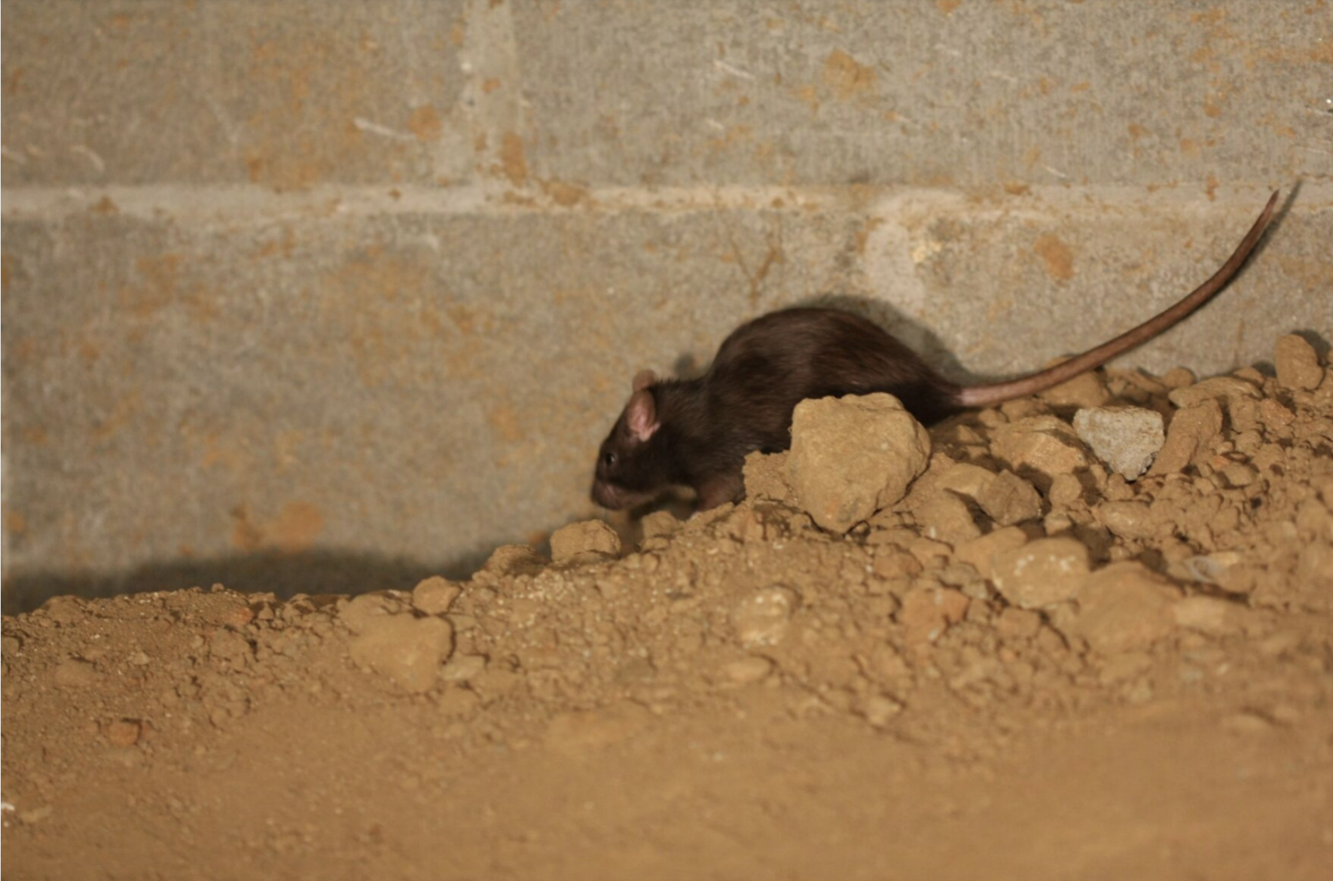Toronto, ON — Ontario residents are being urged to take immediate steps to rat-proof their homes and businesses as colder weather drives rodents indoors, with pest control experts warning of a significant rise in rat activity across the province.
A national survey by Abell Pest Control found that 89% of health inspectors have observed increased rat activity over the past three years, marking a clear shift in rodent behaviour and habitat patterns. The data indicates that virtually all urban areas within 100 kilometres of Toronto are now experiencing rodent problems — including previously unaffected suburbs like Brampton, Newmarket, and Aurora.
Why Ontario Is Seeing More Rats
According to Mike Heimbach, Vice-President of Business Development at Abell Pest Control, rats are exceptional “hitchhikers” and quick to adapt.
“We’re now seeing them in subdivisions where we’ve never seen them before,” Heimbach said. “Places that seldom had rat issues are now dealing with infestations because the rodents were displaced — and once they find a food source, they don’t leave.”
Heimbach explained that the shift began during the COVID-19 pandemic, when restaurant closures reduced urban food sources, prompting rats to move into suburban areas. Construction disruptions from transit and infrastructure projects have also pushed rat populations into new territories.
In addition, warmer winters are allowing rats to breed longer and sustain larger colonies, worsening infestations year after year.
Brampton and GTA Among Hardest Hit
Reports of daily rat sightings in Brampton and surrounding GTA communities have surged, while Toronto has already implemented a coordinated rat response plan to manage the growing problem. Similar spikes have been noted in Montréal, Ottawa, and Vancouver, where construction and climate factors are driving rodents out of traditional habitats.
How to Rat-Proof Your Home
Heimbach advises homeowners to take proactive steps to keep rats and mice out before winter sets in.
Inspection and Repairs:
- Conduct a visual inspection of your home’s exterior.
- Seal all holes and cracks — rats can squeeze through openings the size of a quarter, and mice through a dime.
- Check vent covers, roof shingles, and foundation cracks.
- Repair any gaps in brickwork, siding, or mortar.
Reduce Food and Shelter Sources:
- Store garbage in sealed containers and avoid leaving pet food outdoors.
- Remove bird feeders, which attract rodents.
- Clear away piles of wood, cardboard, or leaves where rodents may shelter.
“Think of your property as your little fiefdom — do what you can to make it unattractive for rats and mice,” Heimbach said.
He noted that fall and winter are peak seasons for rodent calls, as rats aggressively seek warm indoor spaces for nesting.
Advice for Businesses and Restaurants
For commercial properties, Heimbach stressed that back doors should never be left propped open, particularly if dumpsters are nearby. Businesses should inspect perimeters regularly and consider monthly pest management programs with indoor and outdoor rodent stations.
“One rat in your business can quickly become a major health risk,” Heimbach warned. “Professional prevention is always cheaper than infestation cleanup.”

